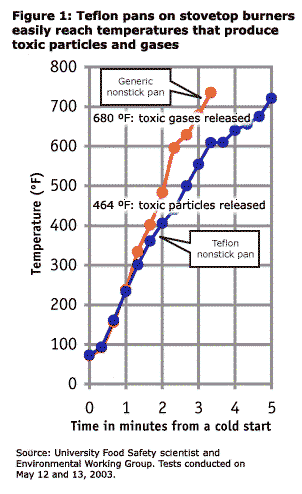What is folate and why do we need it? Folate or vitamin B9 is found in many different foods. Some of the highest folate foods are beef liver, spinach, lentils and beans, asparagus, broccoli, Brussels sprouts, sunflower seeds and other leafy greens.
Folate has numerous beneficial roles in the human body. It helps in the production of DNA and RNA, aids in a process called methylation (which I will explain in just a moment), it helps to transform food into fuel producing energy, it partners with vitamin B12 to help make red blood cells and facilitate iron absorption in the body. In addition to all of that it also helps to reduce the production of homocysteine which is an inflammatory amino acid that damages the walls of our blood vessels. Folate also helps calm an overactive nervous system and supports brain, cardiovascular, reproductive health and function.
Of all of these amazing benefits, the assistance folate provides in methylation is probably the most important because this biochemical process is involved in almost all of your body functions. There are literally hundreds of millions of these reactions occurring every second in your body! Without being too technical, methylation is the combining of a single carbon with three hydrogen atoms to form what is called a methyl group, which is then bound to a molecule. The unbinding of one of these molecules is called demethylation. Think of this binding and unbinding that occurs trillions of times every day in your body like little on-and-off switches, continuously regulating how everything works. Some of the things that methyl groups control are immune system response, repair of cells that are damaged by free radicals, brain neurotransmitters, repair of DNA, production and recycling of glutathione which is considered the body’s Master Antioxidant, our adrenal stress response, detoxification of chemicals, heavy metals and hormones, prevention of the inflammation response and cancer and even energy production. And that is just the proverbial tip of the iceberg. Can you see why it’s so important?
In 1998, the US food and drug administration began requiring that folic acid be added to enrich many different foods including rice, pasta, flour cereals, breads and other grain products. This move was in an effort to prevent what are called neural tube defects in newborns. Common forms of these defects are spina bifida and anencephaly. The defects actually occur in the first trimester of pregnancy, therefore by the time a woman becomes aware that she is pregnant it is often too late to add supplemental folic acid to her diet. Studies indicate that the occurrence of neural tube defects has declined as much is 32% since the implementation of folic acid enrichment in foods. While this has been of tremendous benefit in preventing a good number of these birth defects, it has had some unintended consequences for adults taking folic acid. You see, folic acid is created in a laboratory and it is the synthetic form of folate which is naturally found in many fruits and vegetables.
Unfortunately, nearly half of the population have a genetic mutation or single nucleotide polymorphism (SNP). This genetic mutation has many undesirable effects in the body, one of them which are the inability to convert folic acid into the active form which is called 5-methyltetrahydrofolate or 5-MHTF. Therefore, it is highly preferred to get folate from the diet versus folic acid. Some nutritional companies now are adding 5-MHTF rather than folic acid into their nutritional supplements. This greatly helps that nearly 50% of the population that cannot efficiently convert folic acid. According to the September 1, 2013 issue of the Journal of perinatal medicine, “supplementation of the natural form 5-MTHF, is a better alternative to supplementation of folic acid….”
To make matters worse, folic acid can bind to folate receptors, decreasing the body’s ability to absorb natural folate from food. This can also cause a buildup of folic acid in the system which has been linked to several different serious health conditions such as lung, prostate and colon cancers. According to David Smith PhD, Prof. emeritus of pharmacology at the University of Oxford, “there is a subgroup of people who may suffer harm from folic acid. For example, people with low vitamin B12 status and people who carry certain quite common genetic mutations. Furthermore, intake of high amount of folic acid in pregnancy may cause future harm to the child.” Dr. Smith and colleagues from Tufts University and the University of Oslo, have petitioned against fortifying mandates proposed in Europe. In a letter published in the British Medical Journal in 2016, they cite research showing that older people who took daily supplements or fortified foods containing more than 400 micrograms of folic acid suffered significant cognitive decline compared with those who did not. “Other unintended consequences of synthetic folic acid include, mental sluggishness, heart palpitations, feeling faint, irritability, fatigue, poor digestion, impaired immune system and can mask a Vitamin B12 deficiency…”
The take-away from all of this. Once man begins to alter what nature created perfectly, there is always a price to pay. Get your folate from natural sources whenever possible. When you must supplement, look for 5-MTHF.
